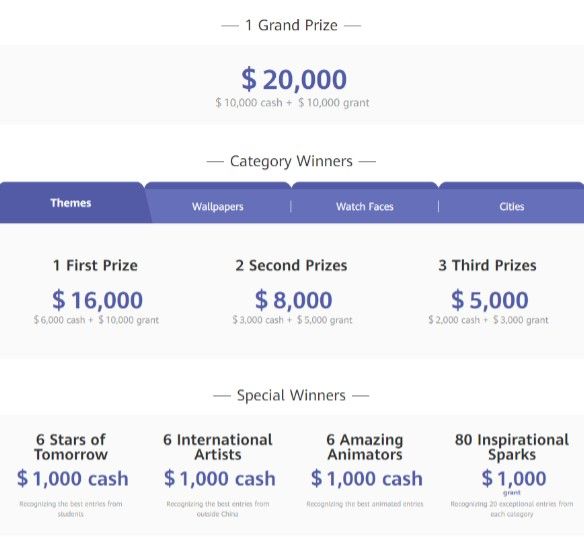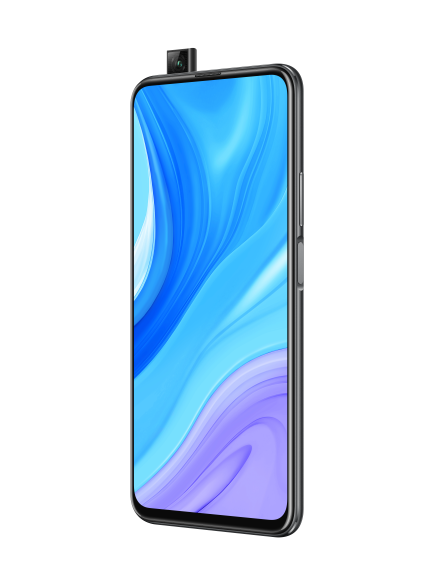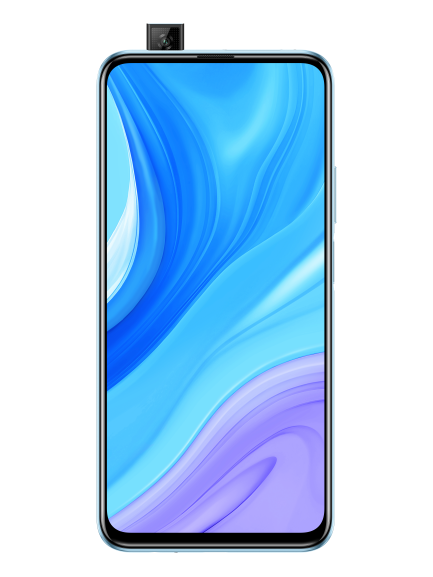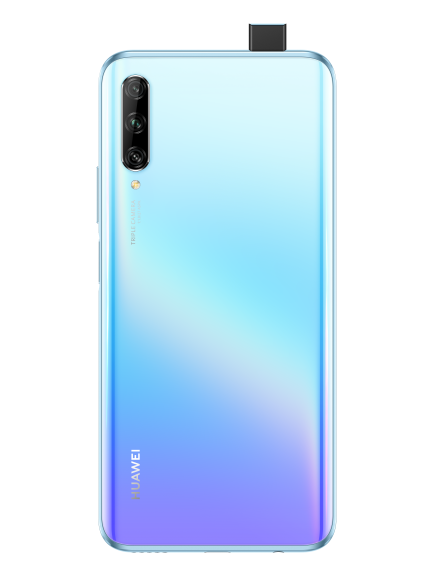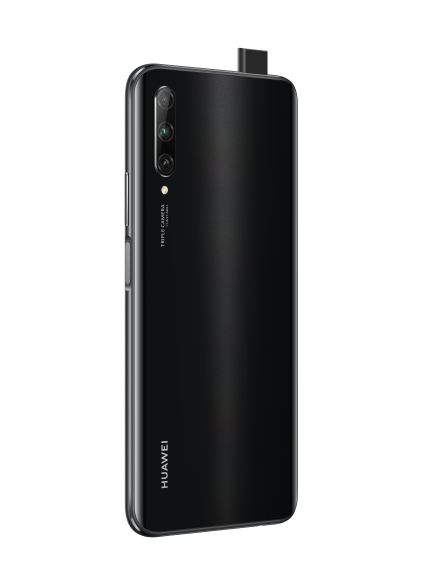Installing a theme is a simple thing that anyone with a Huawei phone can do to customize the look. Actually making a theme is a little more difficult, but it’s not nearly as hard as you might think. Huawei’s Theme Tool software makes it super easy for anyone to create a custom theme for their EMUI smartphone or Huawei wearable.
After downloading the app from here, you can open it and create a new project. Give the project a name and then you’ll be asked to select a project type. This is where you can decide how in-depth you want to go. A “Large scope” project will theme everything from the lock screen to the system apps. A “Small scope” project mainly focuses on the lock screen and home screen. “Icon” and “Lock screen” projects are what you would expect.
The screenshot above depicts a “Large scope” EMUI 10 project. Along the left side of the screen are the different categories of customization. Each one includes several other sub-categories to further customize. In the example above, the Home screen is open and you have the option to customize the wallpaper, the Home screen settings, widgets and app labels, folders, and transitions.
In the middle of the screen, you can see where the customization really takes place. Some aspects can be customized by simply choosing a color, such as “Appbar background color” shown above. Others, like the “Background” option, requires an image to be used instead. Once you go through all of these areas, changing as many as you like, you can Export the theme as an .HWT file that can be installed on EMUI 10 devices. For creating themes for wearables and older EMUI versions, check out the tools here.
Here is an example of an XDA theme that took about 10 minutes to create.
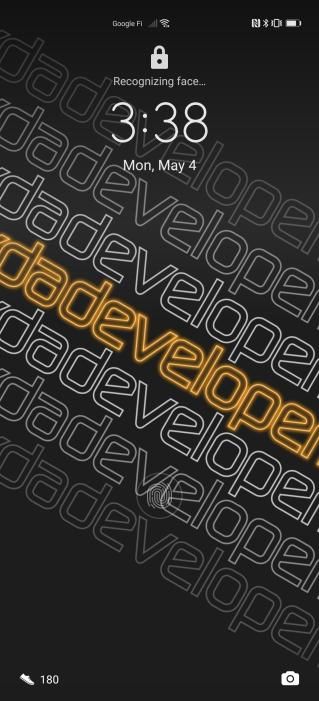
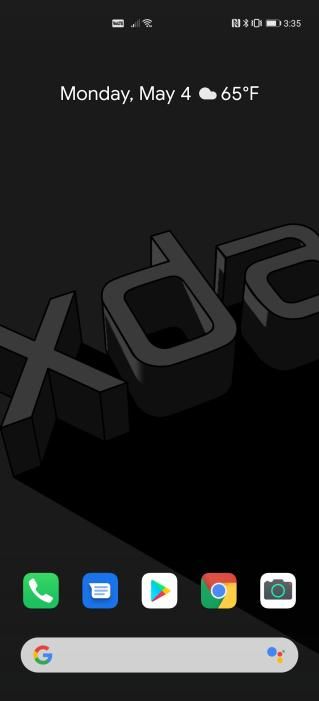

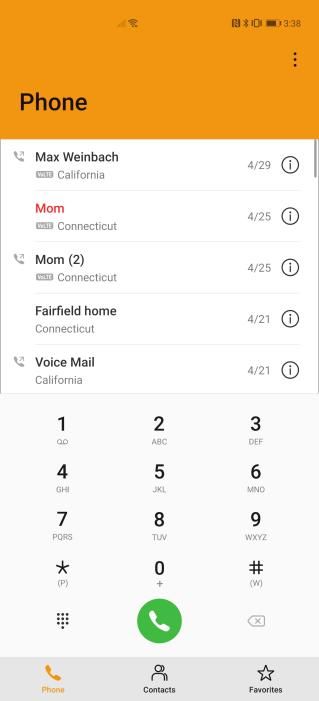
As you can see, it’s very easy to create a custom theme on the fly. The theme above doesn’t use any custom images (other than the wallpapers). Just changing a few of the colors can drastically change the look of your phone. If you’d like to create a theme for your Huawei phone, the Themes Tool software makes it very easy to do. You can also check out other designers’ creations straight from the HUAWEI Themes app.
Huawei is once again opening up a design contest with some impressive prizes. The Global Themes Design Contest allows participants to enter into four different design categories: Themes, Wallpapers, Watch Faces, and a special “Cities” category. The total prize pool is $300,000.
Designers are welcome to enter multiple categories and win multiple awards. The first prize for the Themes category is $16,000, second place will go to two winners with $8,000 each, and third place goes to three winners with $5,000 each. There are a number of other prizes up for grabs as well, which you can see in the graphic below.
The Huawei Global Themes Design Contest is launching on May 11th and will be accepting entries until July 1st. Judging will take place from July 1st to 20th. Winners will be selected and announced on July 22nd.
We thank Huawei for sponsoring XDA. Huawei had minimal involvement in the creation of or the content within this article. In particular, they were consulted for fact-checking. Any opinions expressed are those of the author. Our sponsors help us pay for the many costs associated with running XDA, including servers, developers, writers, and more. While you may see sponsored content alongside Portal content, all of it will be clearly labelled as such. The XDA Portal team will not compromise journalistic integrity by accepting money to write favorably about a company. Our opinion cannot be bought. Sponsored content, advertising, and the XDA Depot are managed by our marketing director and not the editorial team.
The post Enter the Huawei Global Themes Design Contest and Win Big (& See XDA’s Theme) appeared first on xda-developers.
from xda-developers https://ift.tt/3fJrHJl
via IFTTT


